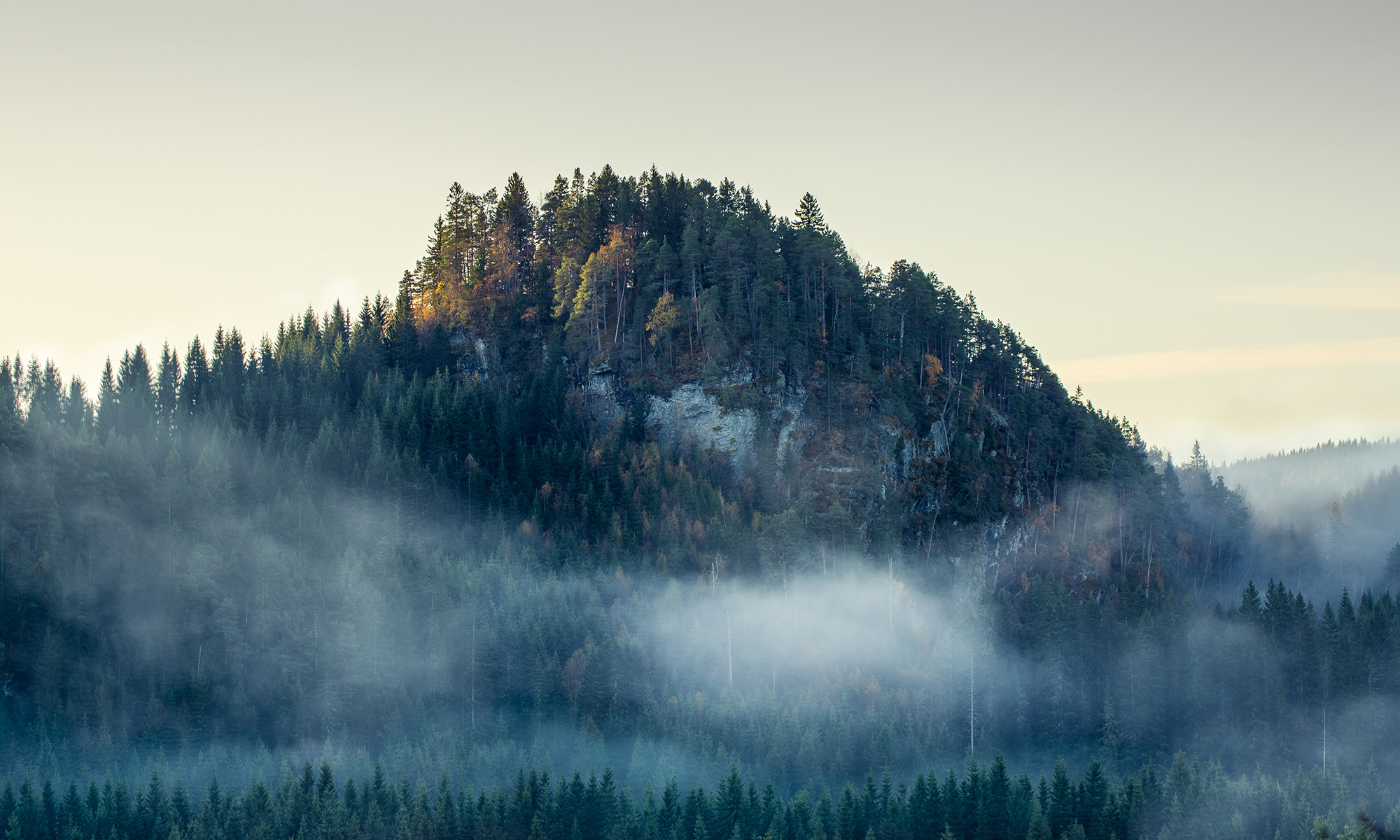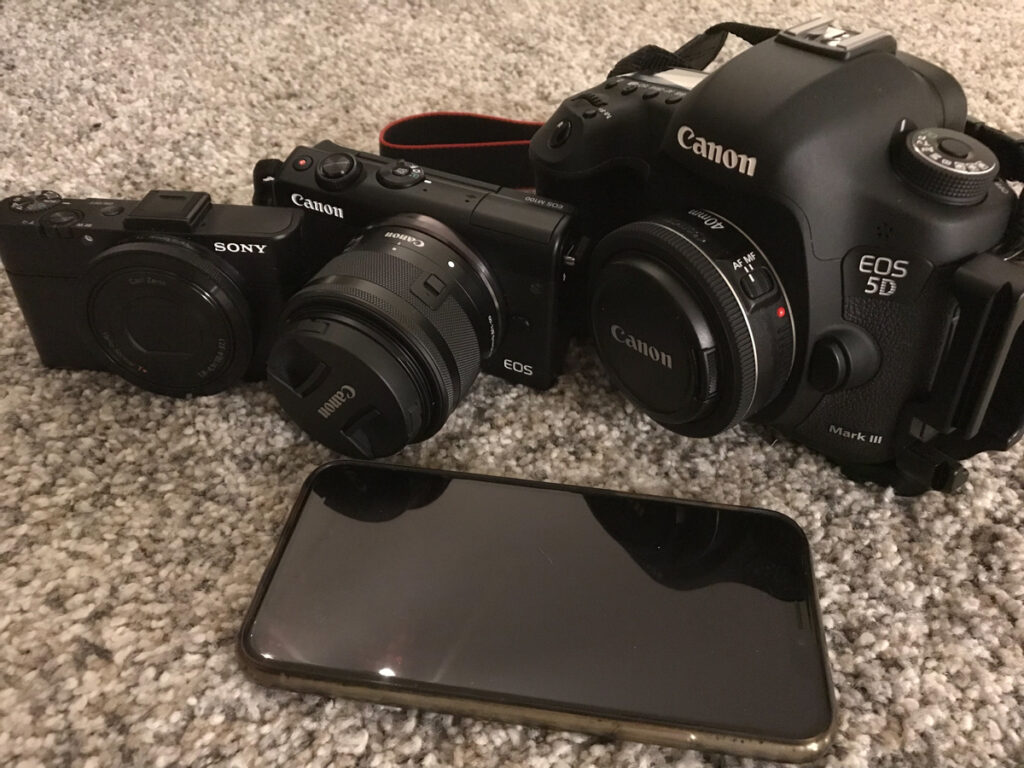After almost a decade with a full format camera, I am considering swapping back to a crop sensor. Why? You might ask. To explain this I have to start early in my digital camera career. I started out with a compact Canon G6. 1/1.8” sensor and quite good quality. Soon I realised that photography was what wanted again after years away from a camera. So I ended up buying my first DSLR, a Canon 350D with a Sigma 24-70mm Lens. This was a great camera. One day I came across the Canon 7D I knew I had to have it. The lust for quality images grew. The quality was, in my opinion, strongly related to sensor size and the purchase of a Canon 5D Mark III was a fact.
In 2016 I realised that my expedition across the Greenlandic Icecap was going to be without my dear Canon 5D Mark III. The reason was that I had to drag along at least the 24-70mm f/2.8, a spare battery and a charging system for those 7,4V batteries. My solar charging system was only at 5V. This meant that I had to bring some bigger and heavier gear to accommodate my full frame. Ending at over 3 kilos of equipment. The result was a Sony RX100MK2. And luckily the images looks great.
A while after the expedition I got hold of a Canon M100. A nice little camera with a 15-45 lens and a 22mm lens. Both are quite acceptable but not close to the quality of the 5D. I bring along the smaller M100 on my mountain bike trips. If the trips are long I almost always regret not bringing better gear. I did how ever ditch the 5D because of its weight while packing for the trip. If the trips are short I go back later with my big camera to get those images. The M100 is a good camera, but the selection of lenses Canon got for the EF-m mount is not. There is barely a handful of choices and they are all entry level ones. Of course I could have had the adapter and bring my full size lenses, but then again the compact format of the M100 is a bit wasted.

And then a good offer from Fuji got me thinking. I’ve selected so big and heavy gear that I have upgraded myself away from mobility. The alternative I got isn’t a real alternative because I know what I could have had. And here is where the Fuji X-T4 comes into play. With professional quality glass in the 16-80mm f/4 R OIS WR it is weighing in at total of about 1 kg. About 350g more than the M100 with the kit lens and almost a kilo less that my Canon 5D with a 24-70 f/2.8. The size is acceptable as well. I could have done a lot with the 5D to get it lighter, but the fact is that the body alone is close to a kilo.
The question now all comes down to the quality of the image. And quality does not necessarily come from the amount of mega pixels on the cameras sensor. My Canon 5D Mark III got 22.3 megapixels, my 5Ds got 50.6 megapixels and my M100 24.2 megapixels. Even if the pixel count on the M100 is higher that the 5D Mark III, the 5D produces better results. To understand this one have to analyse everything from quality of the glass to the sensor technology.
The difference between the tiny mirrorless Canon M100 and the Fuji X-T4 is that Fujifilm wants the X-4T to be used by professionals and are following the camera lineup with a lineup of high quality lenses.
After almost a month of testing I’ve come to a conclusion. It is actually the X-T4 that will get to tag along on the next trips.

